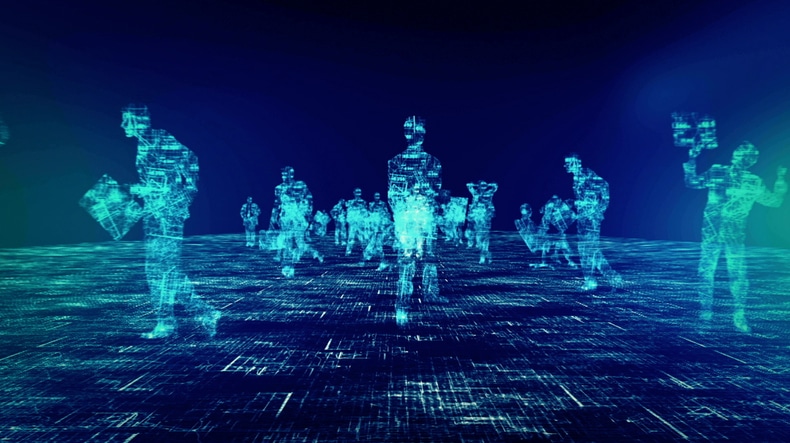For the uninitiated, non-fungible tokens, (NFT) are digital assets which allow you to prove ownership of unique items. It’s a digital token that could either represent a unique digital asset like images, videos, in-game items or could also be used to register a physical asset.
In 2021, an NFT by artist Beeple sold for $69 million making it the most expensive NFT ever sold in an auction. Since then, NFTs have been making headlines with people buying digital arts, tweets and other assets online.
NFTs provides many opportunities for global industries like consumer goods, sports, retail to change the way they engage with their customers, enhance the value of their existing products, tap into new markets, and come up with new business models.
Impact on Global Industries
Many leading consumer brands have started to engage with their loyal fans using NFTs. For example, Coca-Cola released a set of NFTs for auction on International Friendship Day, July 30, to engage with their customers. The highest bidder not only gets access to those rare collectibles, but also an in-real-life Coca-Cola refrigerator which would be released in the market later in year.
NFTs have opened new opportunities and business models for artists and musicians. With NFTs created for their digital artwork or music, they can engage and sell directly to their fans without middlemen, such as third-party services or distribution platforms. The American Rock band – Kings of Leon released their first NFT based music album which generated close to $2 million in sale. The token owners would enjoy perks like fronts row seat in concerts for life, VIP experience with access to lounge, hangout with the band before the show and many more.
NFTs are also starting to revolutionize fan engagement in Sports Industry too. Take NBA Top Shot for example, which is a marketplace where sports fans can buy, sell and trade NFTs of NBA video highlights. Many of top sports brands have also started collaborating with other platforms to come up with interesting and new ways of engaging with their fans. For example, ASICS has partnered with move-to-earn running app STEPN to encourage and reward their customers to stay fit.
Though NFTs have gained lot of popularity as collectibles, digital arts, music and gaming industry, they are slowing starting to enter enterprise segments. Supply Chain & Logistics is an area where companies are increasingly using blockchain and NFT technology to reduce cost, eliminate bottlenecks, and have transparency with their consumers.
For example, when dealing with perishable products like strawberries, its important to know the distribution centers, the owner of the product at various stages of the supply chain and be able to calculate the freshness and shelf life of the product. NFTs can be created to not only track the movement of such perishable products, but also to obtain real-time visibility and better manage inventories in the supply chain.
Today consumers want to have visibility on how the product was created and where it came from and if sustainable practises were employed in the overall process. NFTs will be the key to providing that transparency to consumers and making it easier for them to make the best decision when making a purchase.
The role of NFTs in Metaverse
NFTs are the fundamental building blocks for the Metaverse. A metaverse is a collection of virtual reality worlds which people can access through browsers, mobile apps, gaming consoles and virtual reality equipments. Within a metaverse you can create your own avatar and navigate the virtual world to make friends, meet people, attend concerts, play games, buy virtual products, or have real-world products delivered to you. In essence, you would have a digital identify of yourself in the virtual world.
Gartner Predicts 25% of people will spend at least one hour per day in the Metaverse by 2026 and 30% of the organisations in the world will have products and services ready for metaverse.
NFTs provide a certificate of authenticity for all the digital assets in the metaverse. NFTs can be used to represent ownership of any digital asset in the metaverse – real estate, vehicles, clothing, artwork etc. The underlying technology that enables this is blockchain. NFTs are essentially cryptocurrency assets that run on blockchain making them immutable. It helps in providing a complete history of the item right from its creation to surrender with the possibility to track the ownership and the authenticity.
How to get involved with NFTs
There are several marketplaces where you can create, buy and sell NFTs. OpenSea is one of the largest marketplaces and offers several NFT categories to explore. If you are an SAP customer and looking to explore the potential of NFTs in your business, you can join this Customer Engagement Initiative to open doors and help create new business models or find new ways of engaging with your customers.
This article was originally published on SAPBrandVoice on Forbes.



